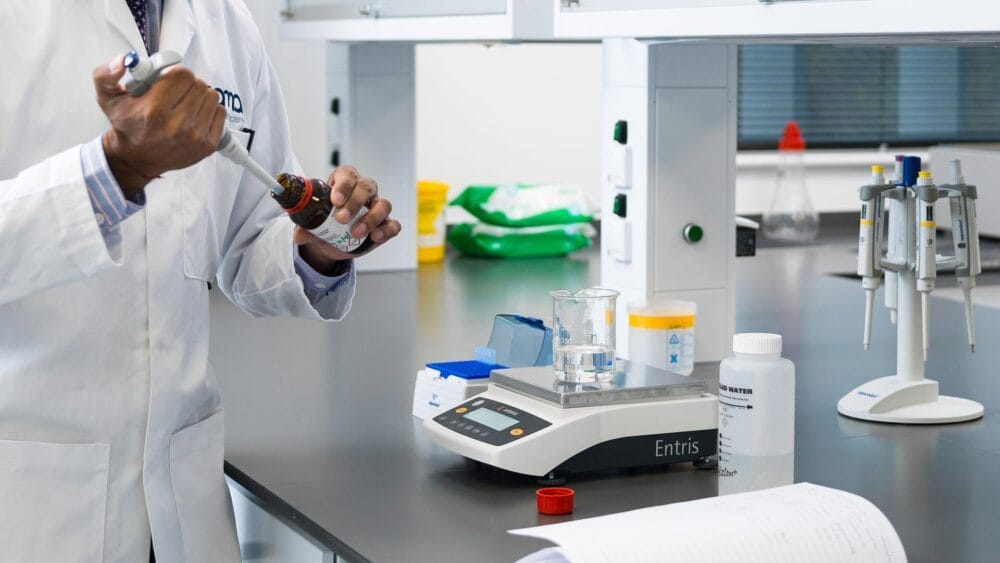Posted
6th October 2023
Research
To celebrate the fundamentals of infection prevention, we’re exploring the ‘Moments that Matter’. From simple surface decontamination to patient hand hygiene, simple actions add up to make a significant impact in delivering safe patient care.
‘Moments that Matter’
In healthcare, every action holds significance, and every moment has the potential to drive positive change.
Through our ‘Moments that Matter’ campaign, we aim to highlight IPC’s critical role in creating safe healthcare environments.

Every time you… you help save lives
Around the world, infection prevention and control (IPC) workers tirelessly craft practices and nurture behaviours in the hope of reducing the risk of patients contracting infections during their stay. The ultimate goal of any IPC practice is to help save lives, usually through a holistic set of behaviours spanning:
- Environmental decontamination
- Hand hygiene
- Air quality improvement
- Patient isolation
Decontaminate in the 5 moments that matter
Environmental decontamination, the removal of dirt and microorganisms from surfaces and equipment, is a cornerstone of infection prevention.
Shared equipment and surfaces act as reservoirs for pathogens, and risk enabling infection transmission unless dealt with correctly. A good decontamination protocol should factor in 2 steps: cleaning and disinfection. To simplify this, many organisations opt for the convenience of 2-in-1 wipes like Clinell Universal Wipes.
But when should environmental decontamination take place?

Remind patients to clean their hands
To wipe out the risk of contaminated hands for good, hand hygiene practices need to factor in healthcare workers and patients. As part of a patient’s care journey, healthcare facilities are responsible for ensuring patients, residents and visitors have access and opportunity to clean their hands when appropriate.
Every time you take a moment to remind a patient to cleanse their hands, you’re helping wipe out a source of transmission. If you’re not sure when, here are some moments to remember:
- Before and after eating or drinking
- After using a toilet or commode
- After coughing, sneezing, or touching the face
- Before and after touching invasive devices
- When hands are visibly dirty or before and after entering a room/ward

Check your air purifier is switched on
Air quality is a critical component of IPC and can influence overall quality of care, as well as patient, resident, staff and visitor health and comfort.
Pathogens, particulates and odours linger in poorly ventilated spaces, and breathing, talking and coughing can spread pathogens (such as influenza and COVID-19) via the generation of aerosols or droplets[1]. Poor ventilation has also been shown to lead to the settling of potentially harmful microorganisms on surfaces which may lead to transmission of HCAI-causing pathogens via direct and indirect contact.
Continuous use of an air purifier will help eliminate lingering pathogens, helping to break the chain of transmission.
Isolate patients with a known or suspected infection
For patients with known or suspected infections, additional precautions are required including efficient and effective isolation.
When single isolation rooms are limited, temporary isolation solutions can be used to care for patients in their original bed space. This can help keep the patient with their primary care team while also keeping patients around them safe from the risk of infection.
With flexible isolation spaces, you can act quickly and considerately to isolate patients quickly – helping keep everyone safe.

Join in on the ‘Moments that Matter’
By carrying out the fundamentals of infection prevention correctly, you can help eliminate the risk of HCAIs in your organisation. For further information and educational resources for your team, we invite you to explore our ‘Moments that Matter’ campaign.

References
1. De Oliveira PM, Mesquita LCC, Gkantonas S, Giusti A, Mastorakos E. Evolution of spray and aerosol from respiratory releases: Theoretical estimates for insight on viral transmission. Proc R Soc A Math Phys Eng Sci. 2021;477(2245). doi:10.1098/rspa.2020.0584
1. De Oliveira PM, Mesquita LCC, Gkantonas S, Giusti A, Mastorakos E. Evolution of spray and aerosol from respiratory releases: Theoretical estimates for insight on viral transmission. Proc R Soc A Math Phys Eng Sci. 2021;477(2245). doi:10.1098/rspa.2020.0584
SHARE THIS ARTICLE
Tags
Latest News
Introducing HEXI HUB: A seamless transition in our product line
We’re pleased to announce an update to our product offering…
Innovative solutions for tackling Carbapenemase-producing Enterobacteriaceae (CPE) at King’s College Hospitals
King’s College Hospital NHS Foundation Trust, one of London’s largest…
Gloves Off: reducing unnecessary plastic waste during environmental cleaning and disinfection
In this blog, Dr Phil Norville discusses the momentum-gaining ‘Gloves…
Gloves Off: Navigating SDS sheets and skin safety claims in environmental decontamination products
In this blog, James Clarke (Head of R&D, Science &…




